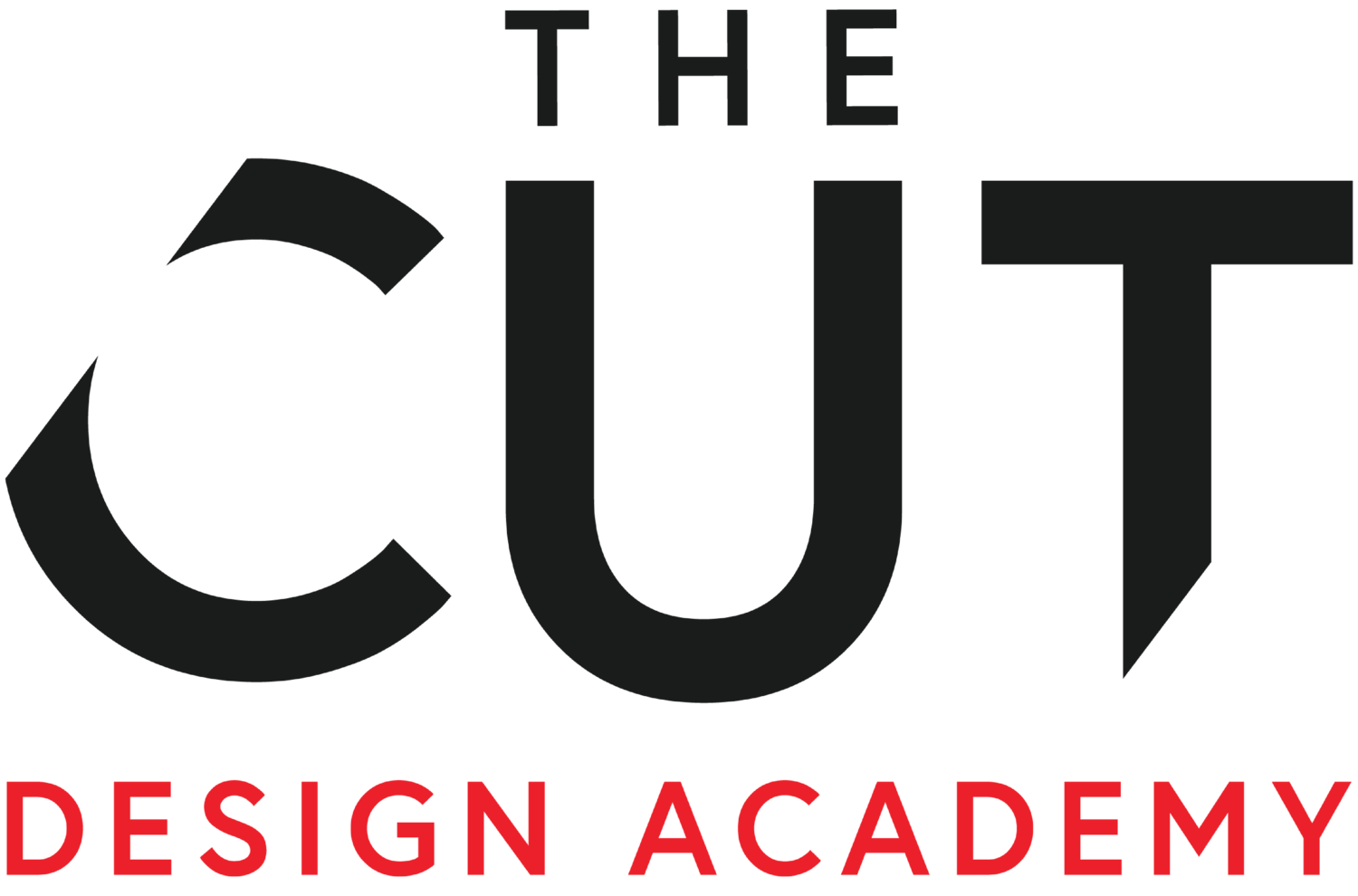Exploring Couture Craftsmanship: From Embellishment to Pattern Making
On the red carpet, under the glow of flashbulbs, a gown catches the light. Sequins shimmer across silk, beadwork forms delicate patterns, and the fabric drapes like liquid. Behind every breathtaking couture garment lies not just creativity, but also technical mastery and skills that students can learn, refine, and carry into their own fashion careers.
Fashion has always been more than just clothing; it is a form of storytelling through textiles, textures, and silhouettes. At the highest level, couture is where artistry meets precision. From intricate beadwork sewn by hand to the perfect drape of silk across a gown, couture techniques require patience, mastery, and an eye for detail.
For students eager to immerse themselves in this world, two areas of study stand out: Couture Embellishment and Couture Pattern Making. At The Cut Fashion Design Academy in Vancouver, both part-time and full-time programs offer a pathway into these specialized skills, providing not only technical knowledge but also insight into the culture and history of couture.
The Art of Couture Embellishment
Couture embellishment is often what transforms a garment into a work of art. It involves more than simply adding decoration—it is about enhancing fabric in a way that communicates creativity, craftsmanship, and elegance.
Traditional techniques include tambour beading, sequin work, layering, and pleating, often executed on delicate fabrics such as silk, chiffon, or organza. These methods, which originated in European fashion houses centuries ago, remain vital in today’s luxury market. For students, learning embellishment is more than mastering technical steps. It cultivates patience, hand-eye coordination, and an appreciation for detail. It also opens up opportunities
across multiple sectors of the fashion industry, including bridal design, haute couture houses, stage and costume design, and even textile art.
Couture Pattern Making: Shaping Ideas into Form
If embellishment is the finishing touch, pattern making is the foundation. Every couture gown, tailored jacket, or bridal dress begins with a carefully drafted pattern. It is here that a designer’s vision becomes tangible. Couture pattern making goes beyond basic garment construction. It involves:
● Draping techniques that shape fabric directly on a mannequin.
● Advanced tailoring methods such as boning, bound buttonholes, and complex linings.
● Textile analysis, understanding how fabrics like silk, charmeuse or lace behave when cut, layered, or manipulated.
● Capsule collection development, where students bring together their skills in a cohesive, professional presentation.
This discipline trains not only technical precision but also creative problem-solving. The ability to manipulate patterns for unique silhouettes is what distinguishes couture designers from those working solely in ready-to-wear.
Why These Skills Remain Relevant Today
Some may wonder if couture skills still matter in a world dominated by fast fashion. The answer is a resounding yes. In fact, they matter more than ever.
● Luxury and Sustainability: As the fashion world moves toward slow, ethical production, hand-crafted garments command value.
● Career Versatility: From bridal studios to international fashion houses, couture skills are in high demand due to their rarity and sophistication.
● Creative Empowerment: For students, learning these methods is a way to develop a personal design voice—an essential quality for standing out in a competitive industry.
Why Study Couture in Vancouver?
While Paris, Milan, and London may be synonymous with couture, Vancouver is emerging as a unique hub for design education. With its blend of cultural diversity, creative industries, and proximity to film and performance arts, the city offers fertile ground for aspiring designers. Studying couture in Vancouver allows students to:
● Access an international community of designers and artists.
● Learn in intimate, workshop-style environments where mentorship is a top priority. ● Build a portfolio that opens doors not only in Canada but also globally.
Learning Experience at The Cut
At The Cut Fashion Design Academy, courses are led by faculty with decades of professional experience, such as Jessica Hsu, who has worked with international brands and trained in pattern drafting traditions from Britain, Japan, and Canada.
Students benefit from:
● Hands-on practice with high-quality fabrics and equipment.
● Exposure to both traditional and contemporary methods, balancing heritage techniques with modern innovation.
● Portfolio development that reflects their own creative identity while meeting professional standards.
The academy’s emphasis is not simply on technical training but on fostering designers who think critically and creatively, ready to contribute to the future of fashion.
Who Should Consider These Courses?
● Aspiring designers who want to establish a strong foundation in couture techniques.
● Industry professionals seeking to expand their expertise into evening wear, bridal, or haute couture.
● Passionate hobbyists interested in exploring fashion craftsmanship at an advanced level.
● International students seek a globally recognized education in fashion design.
A Step Toward a Career in Fashion
Whether through the focused study of embellishment or the comprehensive journey of pattern making, learning couture techniques offers students more than just skill development. It is an entry into a tradition of artistry and excellence that has defined fashion for centuries. For those passionate about creating garments that merge innovation with heritage, Vancouver—and The Cut Fashion Design Academy—provides an environment where ambition can take shape, stitch by stitch.

